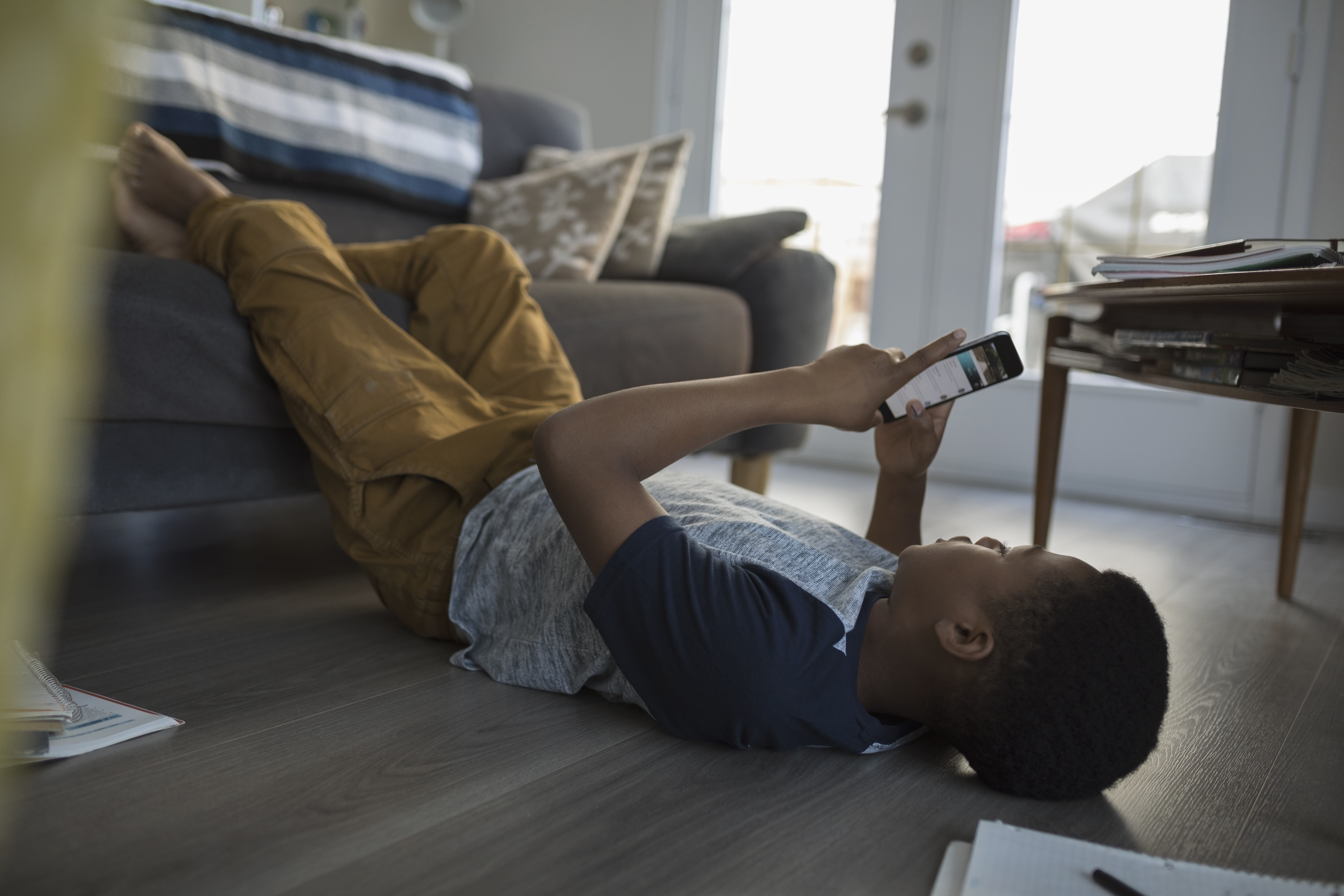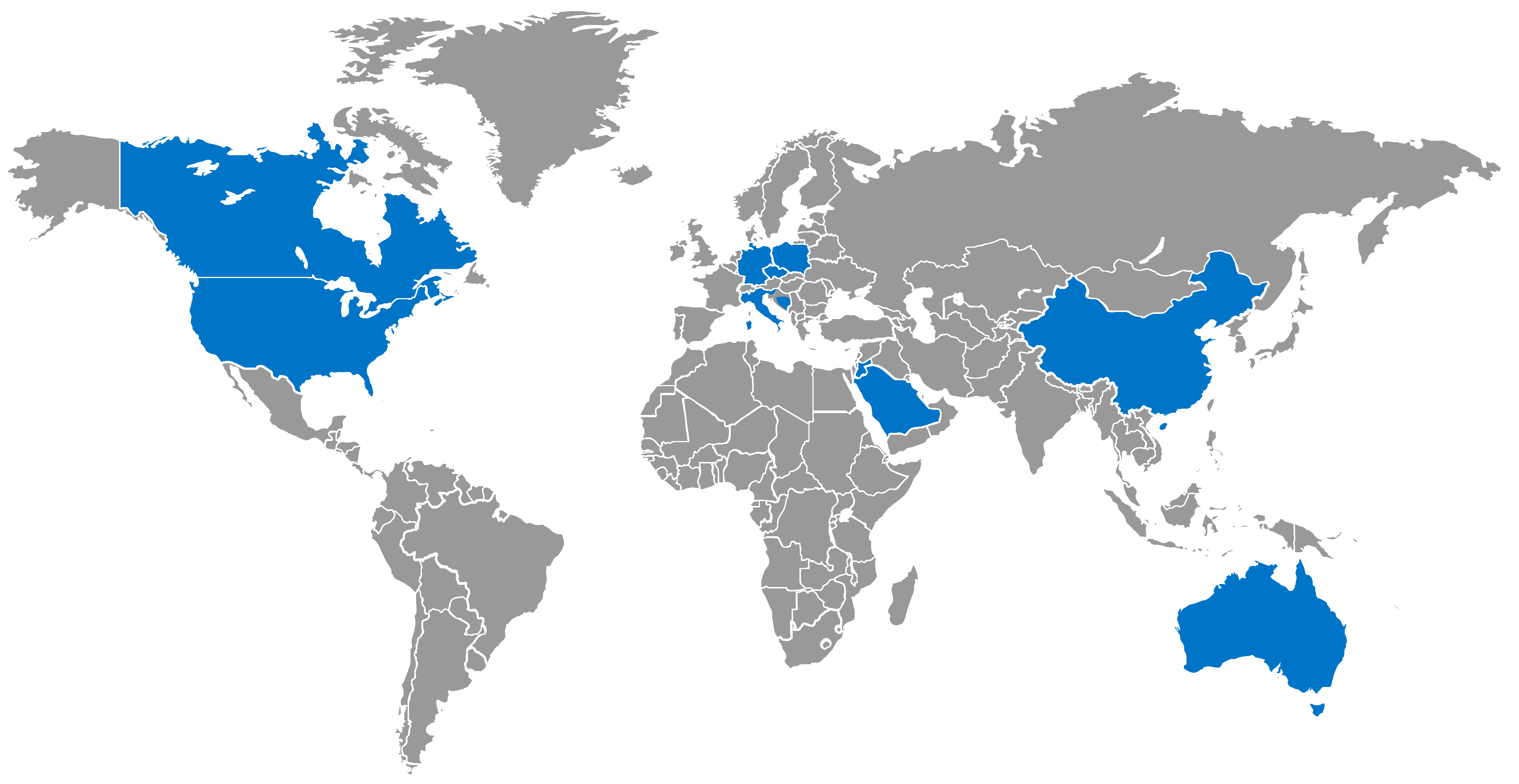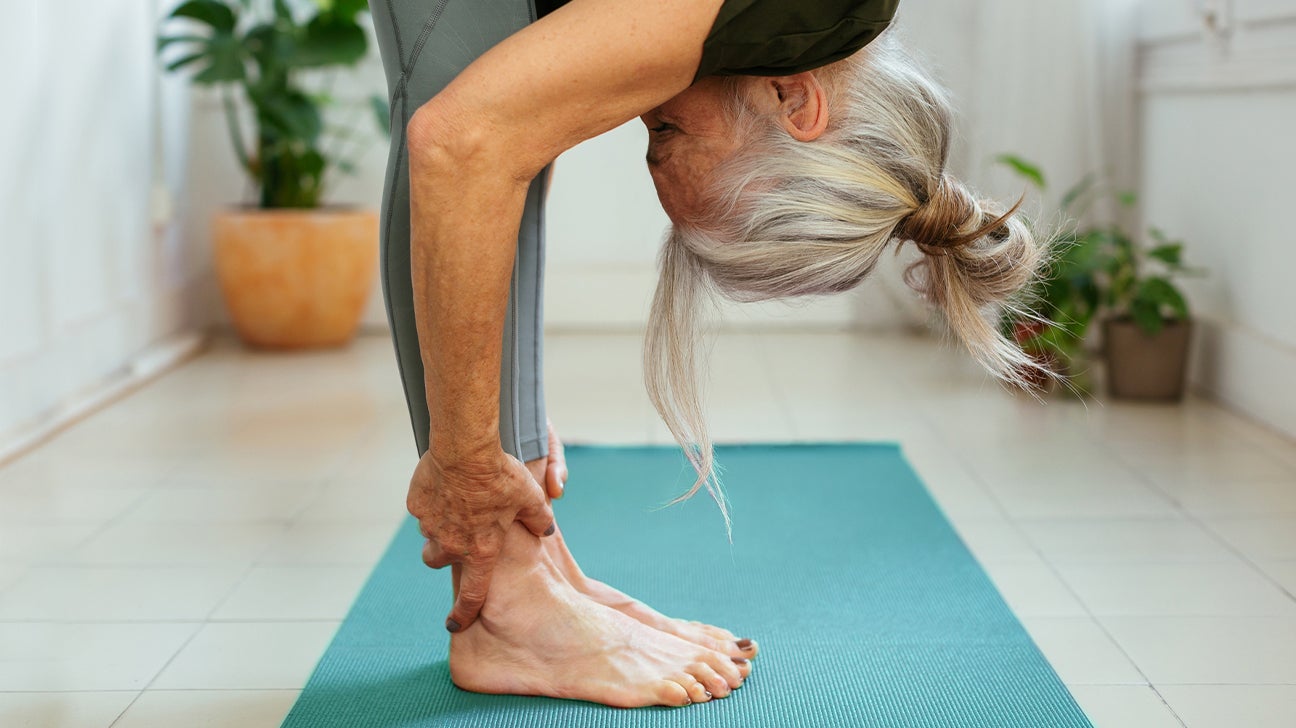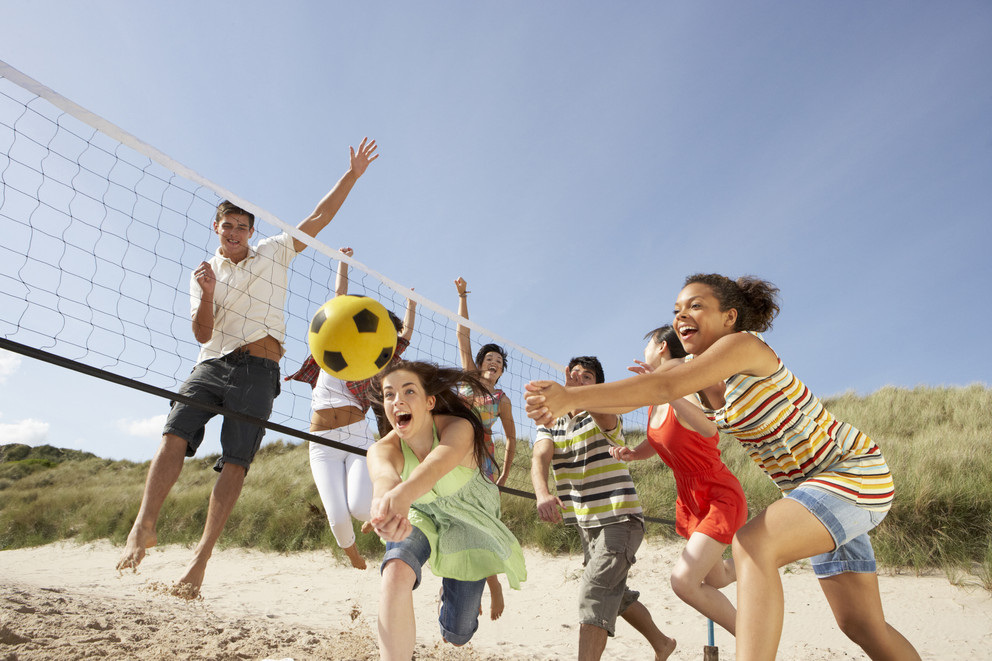Older Adults (65 years and older) At least 150 minutes a week of moderate intensity activity such as brisk walking. At least 2 days a week of activities that strengthen muscles. Activities to improve balance such as standing on one foot. Aim for the recommended activity level but be as active as one is able. Learn More.
Health Promotion and Disease Prevention Directorate – 🔸 𝐓𝐢𝐩𝐬 𝐟𝐨𝐫 𝐚 𝐡𝐞𝐚𝐥𝐭𝐡𝐲 𝐥𝐢𝐟𝐞𝐬𝐭𝐲𝐥𝐞 🔸 👟 𝗣𝗵𝘆𝘀𝗶𝗰𝗮𝗹 𝗮𝗰𝘁𝗶𝘃𝗶𝘁𝗶𝗲𝘀 𝗳𝗼𝗿 𝗰𝗵𝗶𝗹𝗱𝗿𝗲𝗻 𝗮𝗻𝗱 𝘆𝗼𝘂𝘁𝗵𝘀 𝗯𝗲𝘁𝘄𝗲𝗲𝗻 𝟱 – 𝟭𝟳 𝘆𝗲𝗮𝗿𝘀 𝗼𝗳 𝗮𝗴𝗲 …
Adolescents not meeting physical activity recommendations by gender, season and year. … 2.02, 95% CI 1.96-2.07). In the analyses of hours of PA, adolescents reported 3.78 fewer hours (95% CI 3.88 … et al. Adolescent physical education class participation as a predictor for adult physical activity. Childhood Obesity. 2015; 11:616-23. [PMC

Source Image: childrenscolorado.org
Download Image
Introduction. Young people aged 10-24 years constitute 24% of the world’s population. 1 This includes, as per the Lancet Commission on Adolescent Health and Wellbeing, 2 younger adolescents (10-14 years), older adolescents (15-19 years), and young adults (20-24 years), and will be referred to as such throughout this paper. 3 Both the Lancet Commission 2 and the Global Accelerated Action for

Source Image: revitalizexpp.com.au
Download Image
ACE Insights Blog Nov 2, 2023The lack of physical activity is one of the biggest predictors of chronic disease. Recent studies found that 28% of adults worldwide are insufficiently active, while a staggering 80% of

Source Image: time.com
Download Image
Adolescents Require Fewer Hours Of Physical Activity Than Adults.
Nov 2, 2023The lack of physical activity is one of the biggest predictors of chronic disease. Recent studies found that 28% of adults worldwide are insufficiently active, while a staggering 80% of The first ever global trends for adolescent insufficient physical activity show that urgent action is needed to increase physical activity levels in girls and boys aged 11 to 17 years. The study, published in The Lancet Child & Adolescent Health journal and produced by researchers from the World Health Organization (WHO), finds that more than 80% of school-going adolescents globally did not
A Majority of The World’s Teens Are Too Inactive | TIME
The 2018 Physical Activity Guidelines for Americans recommend at least 60 minutes of moderate to vigorous physical activity (MVPA) each day for adolescents (3), and adolescent physical activity levels are strong predictors of adult physical activity levels (4). More physical activity during the day can help teens sleep more efficiently • Earth.com

Source Image: earth.com
Download Image
Behavior Management and Motivation | Activities for teens, Physical activities, Teen health The 2018 Physical Activity Guidelines for Americans recommend at least 60 minutes of moderate to vigorous physical activity (MVPA) each day for adolescents (3), and adolescent physical activity levels are strong predictors of adult physical activity levels (4).

Source Image: pinterest.com
Download Image
Health Promotion and Disease Prevention Directorate – 🔸 𝐓𝐢𝐩𝐬 𝐟𝐨𝐫 𝐚 𝐡𝐞𝐚𝐥𝐭𝐡𝐲 𝐥𝐢𝐟𝐞𝐬𝐭𝐲𝐥𝐞 🔸 👟 𝗣𝗵𝘆𝘀𝗶𝗰𝗮𝗹 𝗮𝗰𝘁𝗶𝘃𝗶𝘁𝗶𝗲𝘀 𝗳𝗼𝗿 𝗰𝗵𝗶𝗹𝗱𝗿𝗲𝗻 𝗮𝗻𝗱 𝘆𝗼𝘂𝘁𝗵𝘀 𝗯𝗲𝘁𝘄𝗲𝗲𝗻 𝟱 – 𝟭𝟳 𝘆𝗲𝗮𝗿𝘀 𝗼𝗳 𝗮𝗴𝗲 … Older Adults (65 years and older) At least 150 minutes a week of moderate intensity activity such as brisk walking. At least 2 days a week of activities that strengthen muscles. Activities to improve balance such as standing on one foot. Aim for the recommended activity level but be as active as one is able. Learn More.

Source Image: facebook.com
Download Image
ACE Insights Blog Introduction. Young people aged 10-24 years constitute 24% of the world’s population. 1 This includes, as per the Lancet Commission on Adolescent Health and Wellbeing, 2 younger adolescents (10-14 years), older adolescents (15-19 years), and young adults (20-24 years), and will be referred to as such throughout this paper. 3 Both the Lancet Commission 2 and the Global Accelerated Action for

Source Image: acefitness.org
Download Image
IJERPH | Free Full-Text | Physical Activity in the COVID-19 Era and Its Impact on Adolescents’ Well-Being Young people aged 10-24 years constitute 24% of the world’s population; investing in their health could yield a triple benefit—eg, today, into adulthood, and for the next generation. However, in physical activity research, this life stage is poorly understood, with the evidence dominated by research in younger adolescents (aged 10-14 years), school settings, and high-income countries

Source Image: mdpi.com
Download Image
Full-Body Stretching Routine: How-To, Benefits, Pictures, More Nov 2, 2023The lack of physical activity is one of the biggest predictors of chronic disease. Recent studies found that 28% of adults worldwide are insufficiently active, while a staggering 80% of

Source Image: healthline.com
Download Image
Exercise may help teens sleep longer, more efficiently | Social Science Research Institute The first ever global trends for adolescent insufficient physical activity show that urgent action is needed to increase physical activity levels in girls and boys aged 11 to 17 years. The study, published in The Lancet Child & Adolescent Health journal and produced by researchers from the World Health Organization (WHO), finds that more than 80% of school-going adolescents globally did not

Source Image: ssri.psu.edu
Download Image
Behavior Management and Motivation | Activities for teens, Physical activities, Teen health
Exercise may help teens sleep longer, more efficiently | Social Science Research Institute Adolescents not meeting physical activity recommendations by gender, season and year. … 2.02, 95% CI 1.96-2.07). In the analyses of hours of PA, adolescents reported 3.78 fewer hours (95% CI 3.88 … et al. Adolescent physical education class participation as a predictor for adult physical activity. Childhood Obesity. 2015; 11:616-23. [PMC
ACE Insights Blog Full-Body Stretching Routine: How-To, Benefits, Pictures, More Young people aged 10-24 years constitute 24% of the world’s population; investing in their health could yield a triple benefit—eg, today, into adulthood, and for the next generation. However, in physical activity research, this life stage is poorly understood, with the evidence dominated by research in younger adolescents (aged 10-14 years), school settings, and high-income countries